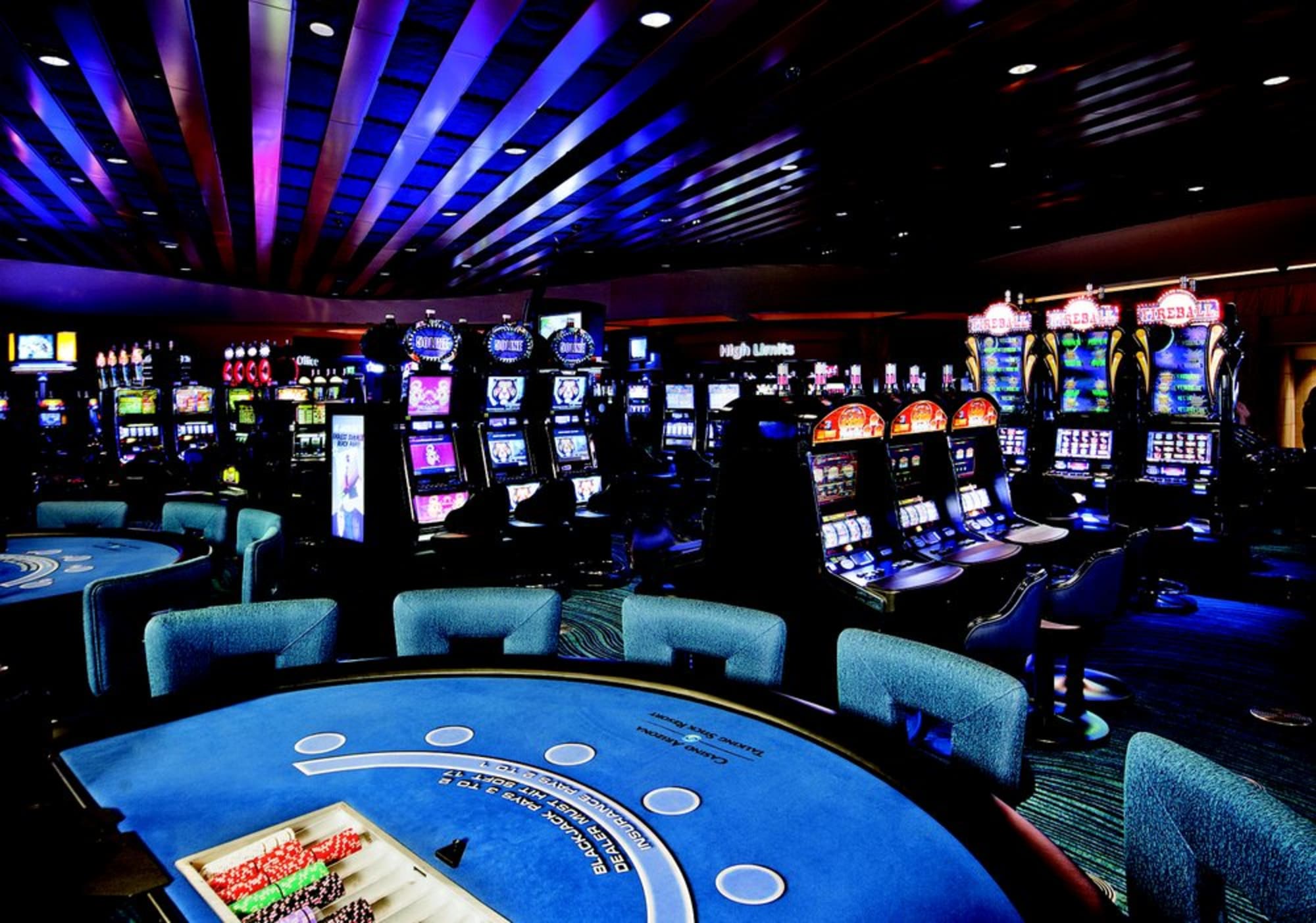
Beneath the shimmering illuminations and the enticing sounds of rotating wheels lies a vibrant world in which creativity meets numbers: the creation of games of chance. As players flock to gaming establishments seeking thrills and the possibility of winning big, a vast amount of work takes form behind the scenes to create the games for their enjoyment. From the starting concept to the ultimate product that players interact with, many elements are brought together to ensure a captivating play experience.
Designers, engineers, and game developers work together to merge innovative technology with engaging gameplay features. Each aspect, from visuals and audio elements to odds plus returns, is carefully crafted to attract players and keep them entertained. Understanding this complex process of the way casino games are made reveals not only the technical skills required but also the creative vision that brings these engaging experiences to life.
Game Design Process
The design workflow begins with brainstorming and conceptualization, where creators develop concepts for new casino games. This first phase typically involves identifying target audiences and understanding market trends. Designers consider factors like game mechanics, themes, and payout structures to create an immersive experience. Teamwork between game designers, mathematicians, and artists is crucial to guarantee a balanced concept.
Once a concept is selected, the next stage involves prototyping and testing. Designers create a functional version of the game to assess its playability and mechanics. This facilitates adjustments and refinements based on feedback from testers. Iteration is vital, as designers may go through multiple rounds of evaluations to fine-tune gameplay balance and user experience. This stage is crucial for spotting any possible issues before the game goes into production.
After testing, the game moves into the development phase and production. This includes the technical aspects of coding the game software, integrating graphics, and ensuring compliance with gaming regulations. Quality assurance testing verifies that the game functions flawlessly across various platforms and devices. Once everything is refined, the game is prepared for launch, usually accompanied by promotional tactics to attract players and generate buzz around the latest casino game.
Technology and Development
The development of casino games has changed significantly with developments in tech. Contemporary game design often features top-notch graphics, immersive sound effects, and interactive animations that create a compelling experience for players. Game developers use sophisticated software tools and coding languages to develop these interactive gaming experiences. https://ga179.agency Additionally, the use of RNGs ensures equity and unpredictability in outcomes, which is essential for ensuring player trust and compliance with gaming regulations.
In recent years, the surge of online casinos has expanded the boundaries of game development even further. Developers are now able to design games that cater to a global audience, integrating features such as live dealer options and virtual reality environments. This transition has encouraged creativity, leading to novel game mechanics and formats that enhance player engagement. Mobile gaming has also become a major focus, encouraging developers to optimize games for mobile phones and tablets, ensuring availability and ease of access for players on the go.
Cooperation among creators, visual artists, and math experts is essential in the development process. Each team contributes their expertise to make sure games are not only aesthetically pleasing but also mathematically sound and enjoyable. The integration of player feedback during beta testing allows developers to enhance game features and functionalities, ultimately leading to a positive launch. As technology continues to advance, the potential for new game concepts and experiences is endless, promising an thrilling future for casino games.
Testing and Quality Assurance
Once a gambling game has been created, it transitions to the crucial phase of testing and quality assurance. This phase ensures that the game operates seamlessly and provides a balanced experience for players. Teams conduct comprehensive tests, including operational checks to ensure that all game features work as intended. Each aspect, from graphics to audio, is assessed to ensure high standards are met.
In addition to operational testing, the game entails stringent compliance checks to meet regulatory requirements. Different jurisdictions have specific regulations governing game fairness and player protection. Quality assurance teams will check that the random number generators are working correctly and that the game’s payout percentages align with industry standards. This thorough examination helps forge trust with users and authorities alike.
Finally, pre-launch testing may be conducted with actual users to obtain insights on user experience. This crucial insight allows developers to execute necessary adjustments before the official launch. Tackling any likely issues recognized during this phase helps ensure that gamblers will have a seamless, immersive experience when the game goes live. The commitment to quality reflects the industry’s dedication to delivering pleasant and reliable casino games.



